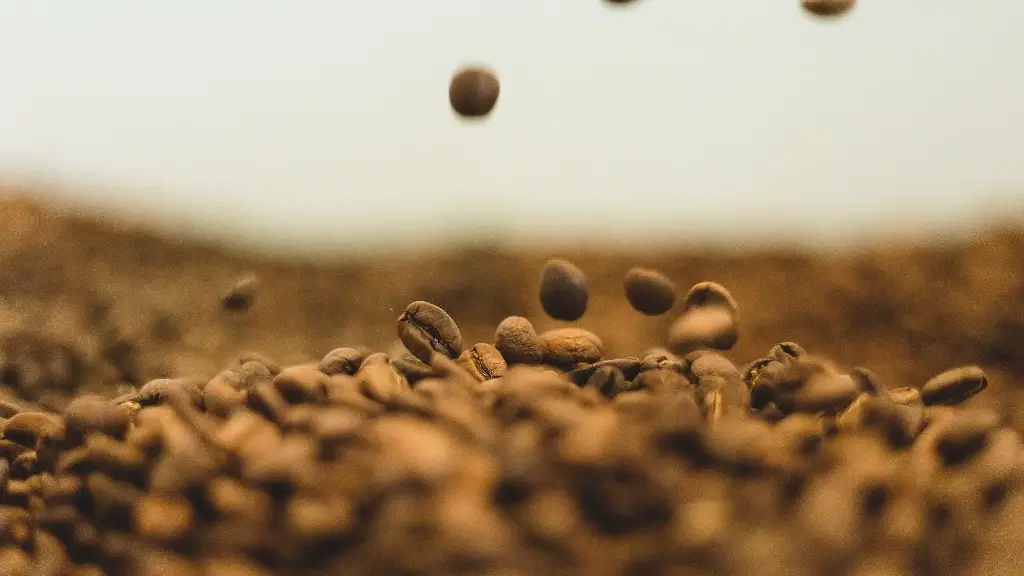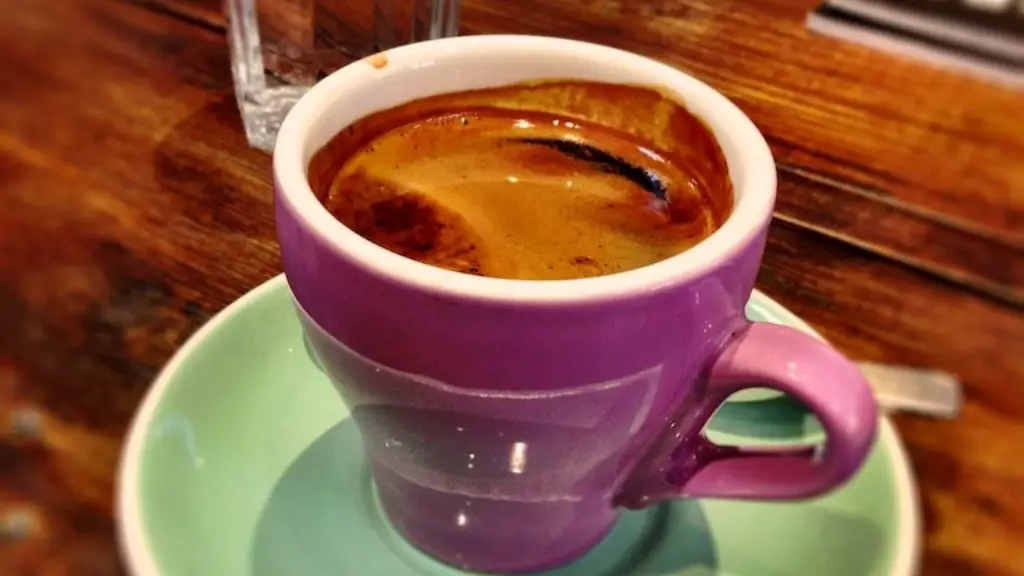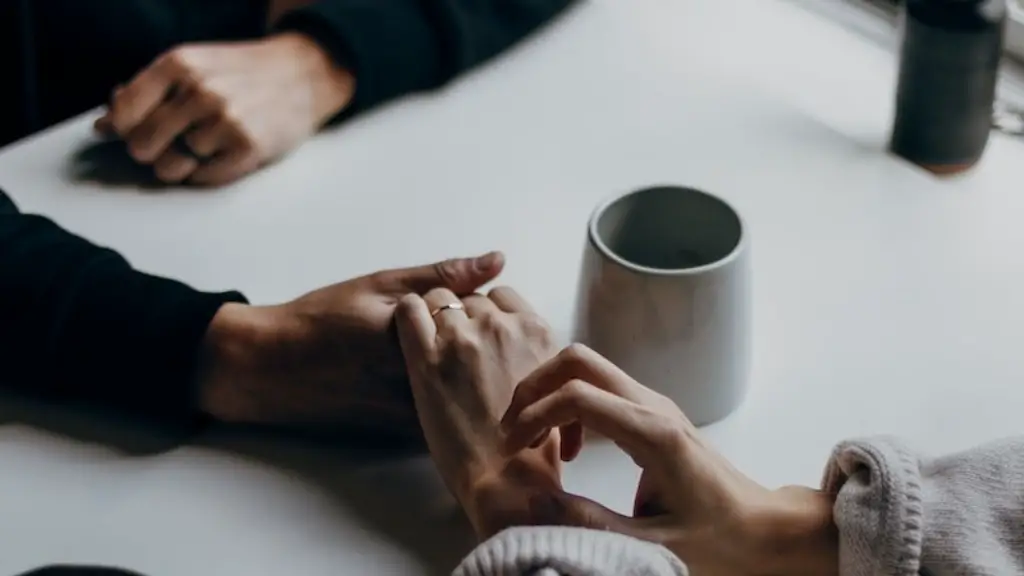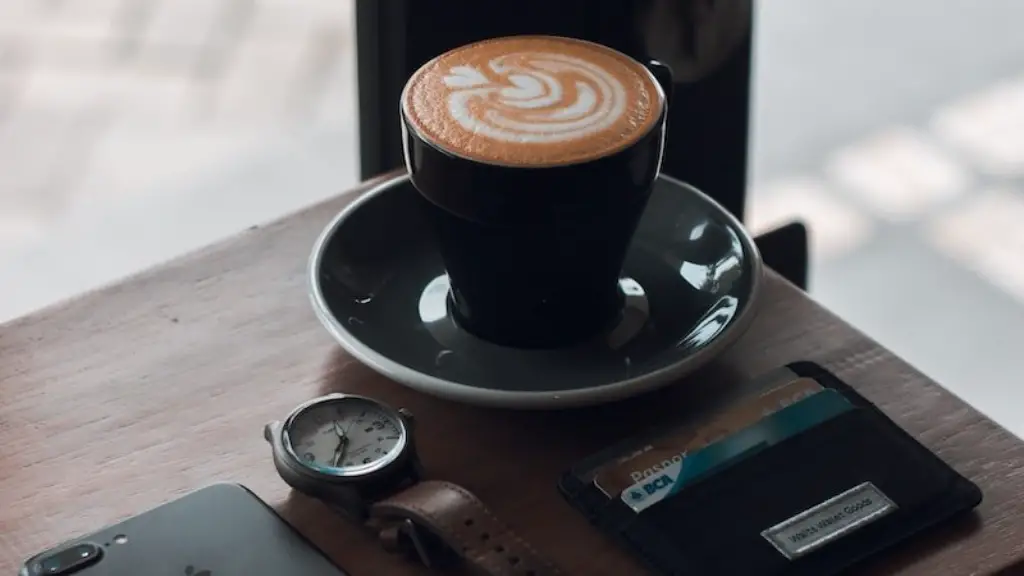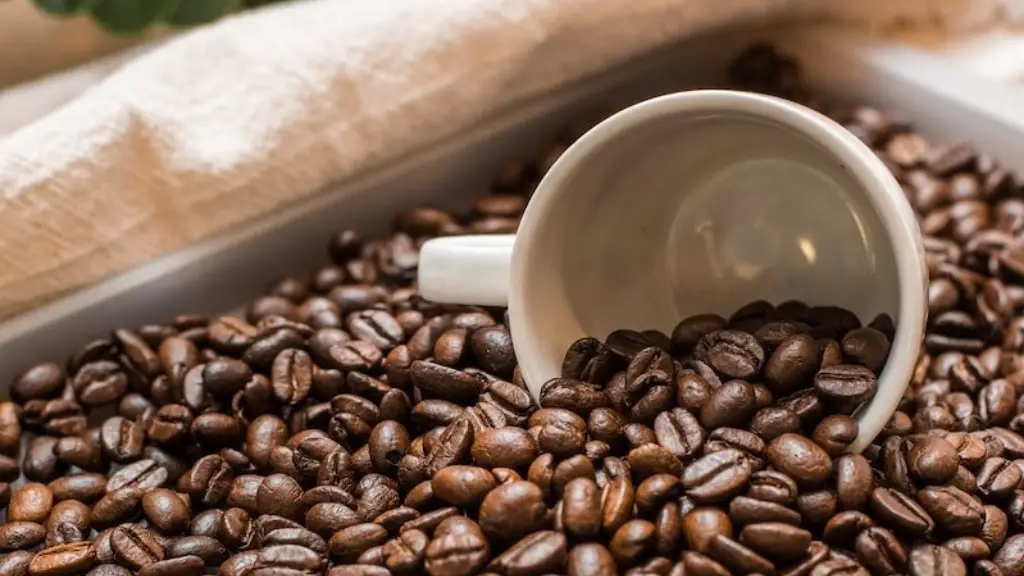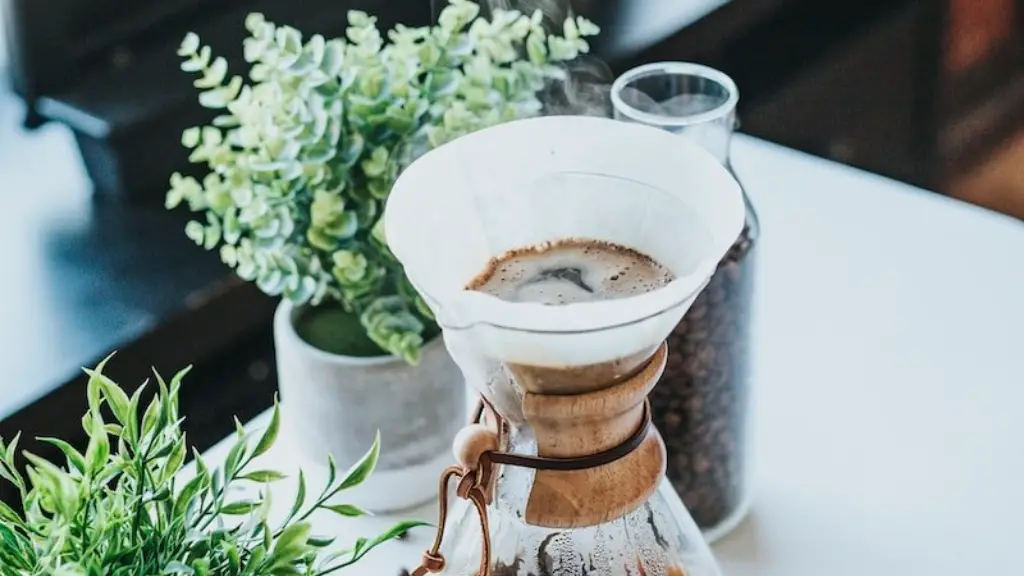It is important to grind your coffee beans for espresso at a fine grind size. A fine grind will extract more flavor from the beans and produce a richer tasting espresso. If you grind your beans too coarsely, the espresso will be weaker and less flavorful.
There is no one-size-fits-all answer to this question, as the ideal grind size for espresso depends on a number of factors, including the type of coffee beans being used, the espresso machine, and the personal preferences of the coffee drinker. However, as a general rule, espresso beans should be ground to a finer consistency than coffee beans for other brewing methods.
What grind size is best for espresso?
The fine grind is your standard size for pre-ground coffee and is about the size of granulated sugar. Use this size when making espresso or an Aeropress with a one to two minute brew time. You’ll also want to grind medium-fine when using a Moka pot.
If your coffee grinds are too fine, they can settle and pack together in the basket of the espresso machine, clogging an otherwise even mesh and stymieing water’s journey through. As a result, some cups end up bitter, while others end up sour; a few taste strong, a few taste weak. To avoid this, make sure your grinds are not too fine before brewing.
Can you grind regular coffee beans for espresso
It is generally recommended to use dark roast beans for espresso, as this provides a richer flavor. However, regular coffee beans can also be used to make espresso drinks. The key is to use the right grind size and have the proper coffee equipment. With this, any type of bean can be used to make drip, pour over, or espresso drinks.
An espresso grind is a very finely ground coffee, like powdered sugar. To make an espresso coffee, water is heated and pushed through ground coffee at a really high pressure.
How do I know if my espresso grind is fine enough?
Coffee grind size is one of the most important factors in brewing a great shot of espresso. If the grind is too coarse, the coffee will be weak and watery. If the grind is too fine, the coffee will be over-extracted and bitter. The ideal grind size for espresso is a fine, even grind that will clump slightly when pinched.
Good crema is all about using fresh coffee and the right espresso machine. Coffee that is about 1-2 weeks old is ideal to get good crema. You also want to make sure you grind the coffee fresh before making espresso. Lastly, use a good espresso machine that has enough pressure. Barista tip: make espresso in a small clear glass cup when you want to look at crema.
What happens if you tamp espresso too hard?
If you are a beginner barista, it is important to know that if you tamp low-quality coffee grounds too hard, your espresso can become over-extracted and thus extremely bitter. In addition to pressing too hard or too light, another mistake that is often made is tamping unevenly. This can result in an uneven extraction and an unpleasant tasting espresso. To avoid this, make sure to tamp evenly across the entire coffee bed.
It is important to apply the right amount of pressure when polishing the puck, as too little or too much pressure can lead to an over-extracted, bitter brew. Baristas often recommend 30 pounds of pressure, but some do as little as 20 pounds. Use a twisting motion as you pull up to “polish” the puck.
Can a normal coffee grinder grind espresso
There are many different types of coffee grinders available on the market, but not all of them are capable of creating the fine grind needed for espresso. Manual coffee grinders are often unable to achieve the desired grind, and should instead be used for Moka pot espresso, French Presses, or pour over.
If you’re looking to make the best possible espresso, you should use Arabica beans. They produce a tasty shot with plenty of crema. However, if you want a bit more kick to your espresso, you can add 10-40% Robusta beans to the blend. This will result in a more robust flavor and more crema.
Is espresso just finely ground coffee?
Espresso is a shot of concentrated coffee, made by forcing very hot water at a high pressure through finely-ground coffee beans. The definition of espresso shows two of the major differences between espresso and coffee: the brewing process and the grind.
Espresso is brewed under pressure, which forces the hot water through the coffee grinds more quickly than traditional drip brewing. This produces a stronger, more concentrated coffee. The espresso grind is much finer than the grind used for drip coffee, which allows for more surface area to be exposed to the hot water.
Espresso is often served in small quantities, around 1-2 ounces. This is because the concentrated coffee can be intense and overwhelming. It is often enjoyed on its own or with a small amount of milk or cream.
The more finely ground the beans, the more caffeine is released into the water. So it’s safe to say that when it comes to caffeination, a finer grind does result in stronger coffee, while a coarser grind will always brew a weaker cup.
What happens if espresso is too coarse
This is an important distinction to make when grinding coffee beans for brewing. If the grind is too coarse, the coffee will be under-extracted and taste watery and sour. If the grind is too fine, the coffee will be over-extracted and taste bitter. The ideal grind will be somewhere in the middle, where the coffee is neither under- nor over-extracted.
To get the perfect grind size, you need to experiment with a few different settings. Once you find the perfect setting, make a note of it so you can replicate it in the future.
What is the difference between espresso grind and regular grind?
Espresso is made with very finely ground coffee beans. The grind is so fine that it resembles powder. This results in a concentrated shot of coffee with a thick texture.
Regular coffee is made with coarser grinds. This allows more water to flow through the grounds and results in a weaker drink.
Espresso is also brewed under pressure, which further extracts more flavors and caffeine from the grounds. This results in a more intense cup of coffee.
If you want to make a quick cup of coffee, you should use a coarser grind. This will extract the coffee more quickly. If you want a more complex flavor, you should use a finer grind, which will take longer to extract.
Should espresso be fine or extra fine
When brewing espresso, it is important to use a fine grind setting. This will ensure that the ground coffee particles are around 1/32 of an inch, or 08 mm. Although the exact value can vary with different coffee beans and espresso makers, this is a good general guideline to follow.
A great shot of espresso will have a crema with a thick “tiger-skin” appearance, with honey- and brown-colored threads in it. The crema should be about 1/4″ to 1/3″ thick.
Final Words
There is no one definitive answer to this question as it depends on personal preference. Some people prefer to grind their coffee beans very fine in order to produce a strong espresso, while others prefer a more medium grind to allow for a more balanced flavor. Ultimately, it is up to the individual to experiment with different grind levels to see what produces the best results for them.
There is no definitive answer to this question as it depends on personal preference. Some people prefer a finer grind for their espresso, while others prefer a coarser grind. Ultimately, it is up to the individual to experiment with different grind sizes to find what works best for them.
